Study on the yield of cotton straw pyrolysis products based on nonlinear prediction and grey predictive analysis
DOI: 10.23977/mpcr.2024.040105 | Downloads: 7 | Views: 1205
Author(s)
Shunyi Zhao 1, Xucheng Shen 1, Yongzhe Wang 1
Affiliation(s)
1 School of Medical Information Engineering, Anhui University of Chinese Medicine, Hefei, 230012, China
Corresponding Author
Shunyi ZhaoABSTRACT
With the increasing demand for renewable energy, this study focuses on the quality and yield of cotton straw pyrolysis products using cotton straw as an important biomass resource. Based on previous studies, this paper analyses the relationship between the mixing ratio of cotton straw pyrolysis combinations and the product yields, and finds that there is a nonlinear relationship between most of the product yields and the mixing ratios, so a polynomial nonlinear regression model is used for prediction. Due to the limited amount of data, the GM(1,1) grey prediction model was also introduced for comparison and evaluation in order to improve the accuracy of the model. The nonlinear regression model was established by Least Square Method, and then the GM(1,1) model was used to analyse the yield of products under different pyrolysis combinations. The results showed that the GM(1,1) model performed well in terms of prediction accuracy. Taking the DFA/CS combination as an example, the scatter plots of the raw data against the predicted values intuitively showed that the GM(1,1) model had a high degree of fitting, small prediction error and good prediction performance. This study is expected to provide a scientific basis for the efficient use of cotton straw pyrolysis products and the sustainable development of cotton straw.
KEYWORDS
Cotton straw pyrolysis, Nonlinear prediction model, GM (1,1)CITE THIS PAPER
Shunyi Zhao, Xucheng Shen, Yongzhe Wang, Study on the yield of cotton straw pyrolysis products based on nonlinear prediction and grey predictive analysis. Modern Physical Chemistry Research (2024) Vol. 4: 34-40. DOI: http://dx.doi.org/10.23977/mpcr.2024.040105.
REFERENCES
[1] SONG Wei, CHEN Mingsong, XING Haohan et al. Effect and evaluation of reaction conditions on slow pyrolysis products of rice straw [J/OL]. Journal of Agricultural Engineering, 1-8[2023-12-01]
[2] Yang Yanhua, Deng Yin, Ling Qingfeng et al. Experimental study on pyrolysis of corn stover based on blast furnace slag waste heat [J]. Metallurgical Energy, 2023, 42 (05): 32-35.
[3] Liu Letong, Wang Wen, Dai Jianjun et al. Effect of pyrolysis temperature on the catalytic pyrolysis of corn stover to produce high value gas [J]. Renewable Energy, 2023, 41 (07): 853-860.
[4] Huo JB. Research on the co-pyrolysis characteristics of sludge and straw and combustion characteristics of solid products [D]. Northeast Electric Power University, 2023.
[5] Li Xueguang. Pyrolysis characteristics and reaction kinetics of soybean soap foot [D]. Beijing University of Chemical Technology, 2023.
[6] Huang X, Xie HW, Deng Shang Xun. Analysis of the effect of pyrolysis conditions on the yield of biomass pyrolysis products [J]. Energy and Energy Conservation, 2023, (05): 11-15.
[7] B. Cao. Study on phenol production from biomass pyrolysis enhanced by seaweed carbon catalyst[D]. Jiangsu University, 2022.
[8] Zhang Hangyu. Predictive control of pyrolysis products in a controlled high temperature pre-pyrolysis device[D]. Northeast Power University, 2022.
[9] Chunhan Gu, Xiaohan Wang, Qianshi Song et al. Prediction of solid waste pyrolysis product distribution pattern based on BP neural network [J]. Combustion Science and Technology, 2022, 28 (02): 133-140.
[10] Quan Cui, Li Aimin, Gao Ningbo. Application of grey prediction model and distributed activation energy model in pyrolysis of waste circuit boards [J]. Journal of Environmental Engineering, 2009, 3 (09): 1687-1691.
| Downloads: | 960 |
|---|---|
| Visits: | 60770 |
Sponsors, Associates, and Links
-
Forging and Forming

-
Composites and Nano Engineering
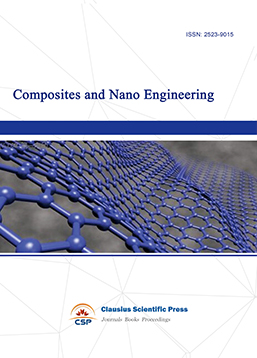
-
Journal of Materials, Processing and Design
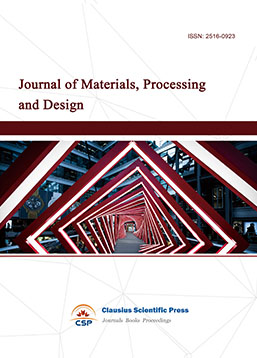
-
Metallic foams
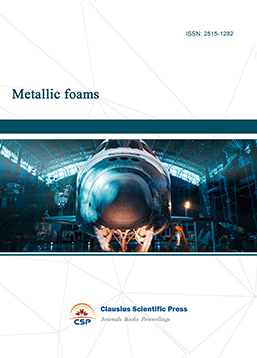
-
Smart Structures, Materials and Systems

-
Chemistry and Physics of Polymers
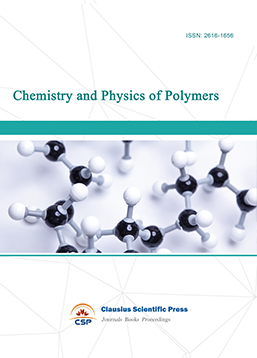
-
Analytical Chemistry: A Journal
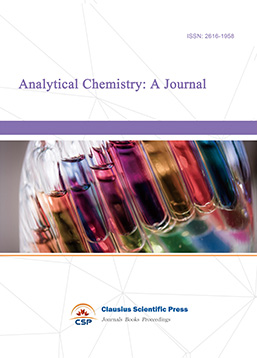
-
Inorganic Chemistry: A Journal

-
Organic Chemistry: A Journal
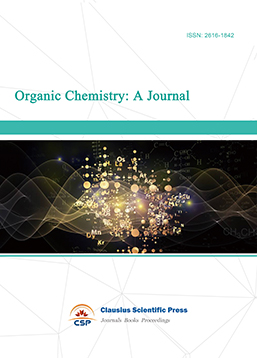
-
Progress in Materials Chemistry and Physics

-
Transactions on Industrial Catalysis
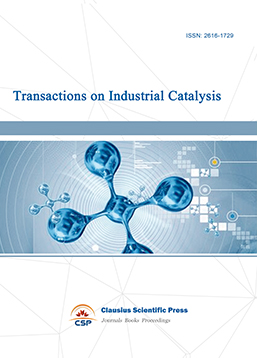
-
Fuels and Combustion

-
Casting, Welding and Solidification
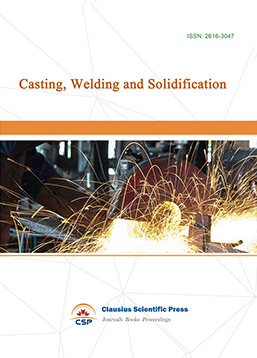
-
Journal of Membrane Technology
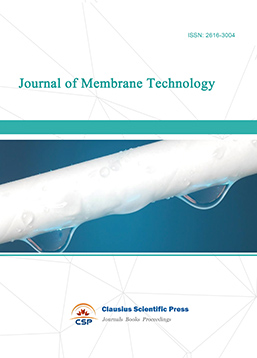
-
Journal of Heat Treatment and Surface Engineering
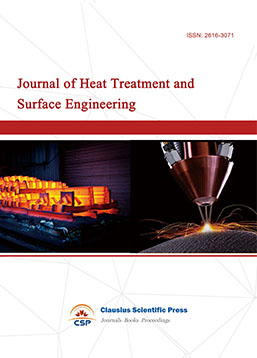
-
Trends in Biochemical Engineering

-
Ceramic and Glass Technology

-
Transactions on Metals and Alloys
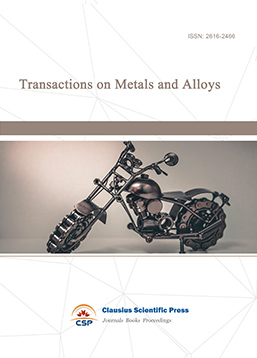
-
High Performance Structures and Materials
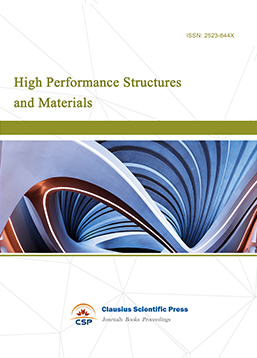
-
Rheology Letters

-
Plasticity Frontiers

-
Corrosion and Wear of Materials

-
Fluids, Heat and Mass Transfer

-
International Journal of Geochemistry
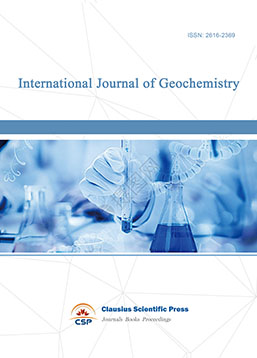
-
Diamond and Carbon Materials
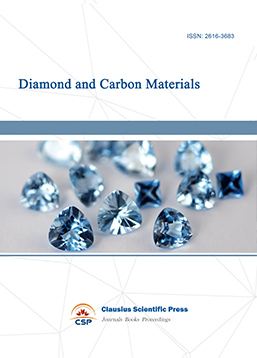
-
Advances in Magnetism and Magnetic Materials
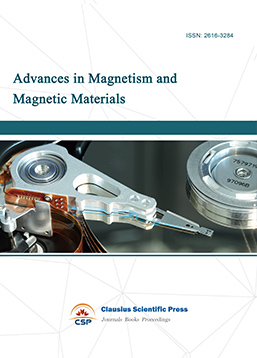
-
Advances in Fuel Cell

-
Journal of Biomaterials and Biomechanics
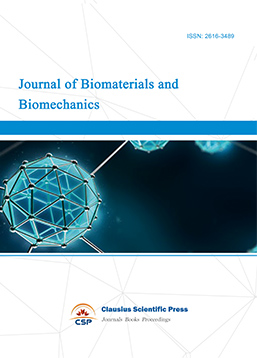

 Download as PDF
Download as PDF